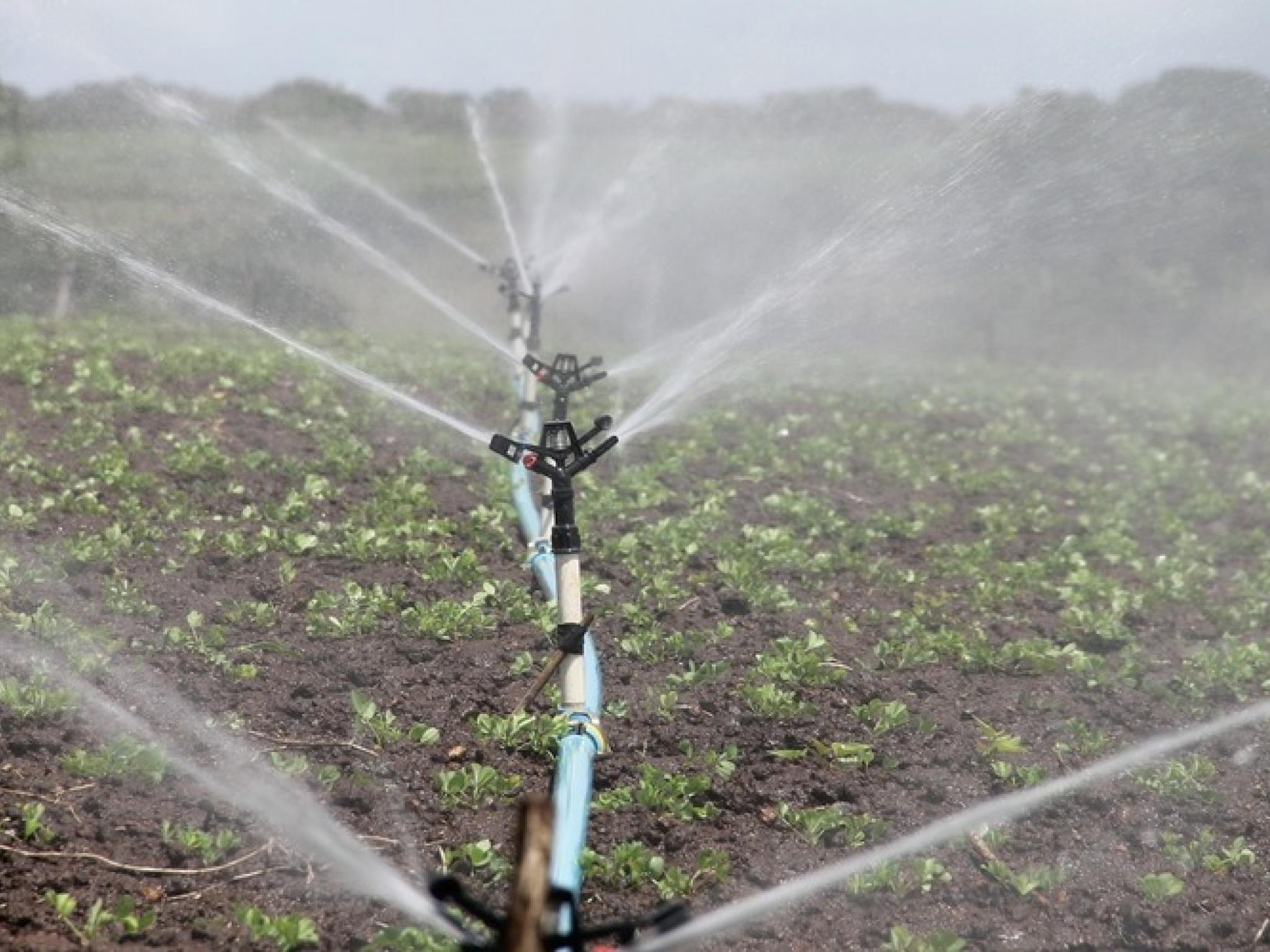
This article was originally published on Cannabis & Tech Today and appears here with permission.
Irrigation is a necessary process for plant growth and, although it can be done manually, automating this process could bring several benefits to growers, including achieving a more sustainable grow.
As with all types of automation, there are options to choose from. The size of the operation and the level of control required will influence how much automation is needed.
The term “automated” irrigation applies to any irrigation system that is controlled by something other than the direct actions of a person.
It means any irrigation system where irrigation is initiated by a control system using operator settings and measured environmental conditions.
A fully computerized control system incorporates all features of the simpler systems and adds support for a much wider range of input sensors, crop water use models, and most importantly, efficient irrigation system capacity management which translates into a more efficient use of key resources, such as water.
Capital costs can be low if needs are simple and if irrigation is part of an existing climate control system, or range to very high for advanced capabilities in stand-alone systems.
Almost always, this is the only way to go as irrigation system complexity increases. Accuracy and efficiency improvements reduce operating costs considerably, and improvements in crop quality and yield improve bottom-line performance.
Another reason to use an automated system is the ability to include fertigation automation – the injection of fertilizers, used for soil amendments, water amendments and other water-soluble products into an irrigation system – which a simple solution normally cannot offer.
One of the benefits of using an automated system is that it saves on labor costs by eliminating the need for employees to constantly monitor and water plants.
In addition to labor costs, hand watering could also affect the quality of the product. Using an automated system improves how production is controlled.
Commercial growers and researchers benefit from higher amounts of control for consistency in product and data. On the other hand, there are certain applications where automated irrigation is not beneficial, such as in conservatories where there is a variety of plants, each with their own needs.
Automating irrigation in a horticultural facility is not an easy task.
There are several factors to consider when planning and designing your irrigation or fertigation solution. In addition, the water source needs to be examined to determine if it can support your needs.
Although automation irrigation in your growing facility can help achieve a more sustainable and efficient operation, not all growers benefit from it.
Who benefits from automated irrigation?
1) Almost all commercial growers will derive significant benefits from increasing their level of irrigation automation.
2) Larger growers with many irrigation zones derive the most benefit.
3) Any grower with well-organized crop production systems is an excellent candidate for full automation.
4) Almost any crop will benefit, but the benefit may not always justify the expense.
Who should not automate?
1) Small growers of very forgiving crops (some types of nursery stock, for example).
2) Growers with inadequate irrigation delivery systems; they need to upgrade the irrigation system before they can automate it.
3) Growers who have no desire to improve current production capabilities.
4) Growers without the management drive to push irrigation automation through to a successful completion.
Growing facilities that choose to automate their irrigation will likely a more efficient and sustainable grow. Some key reasons include:
1) A well-engineered, automated irrigation system will provide a long service life. Longer amortization periods for equipment can result in lower annualized capital costs even for much more expensive irrigation systems.
2) An irrigation system designed with full automation in mind can be smaller and less complex (less costly) than one that cannot take advantage of automation features such as irrigation capacity management.
3) Much lower operating costs with respect to: labor, water, fertilizer.
4) Reduced disease.
5) Increased yield.
6) Reduced crop inventory ‘shrinkage.’
7) Improved crop quality.
8) Reduced wastewater mitigation costs and management of peripheral issues such as wastewater reclamation or processing, holding tank management, drain water monitoring, and performance or conformance auditing.
The future should see continued development of “smart” systems that increasingly transfer short-term management responsibility from the grower to the automated system.
Future smart systems may also be able to simplify the irrigation system design and automation process by becoming more flexible and adaptable to less than optimal irrigation system design or management.
In the meantime, most growers have lots of existing technology they can consider for automation today.







